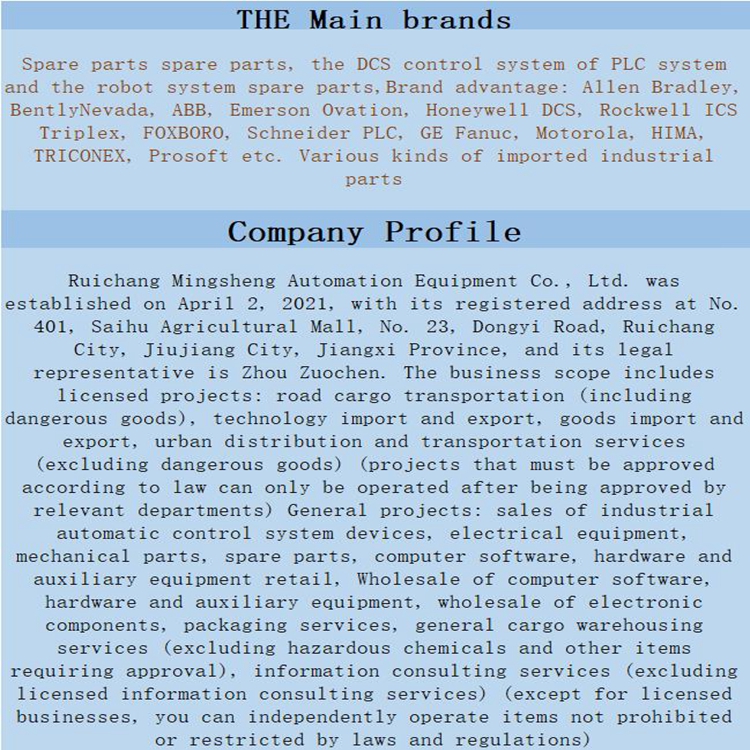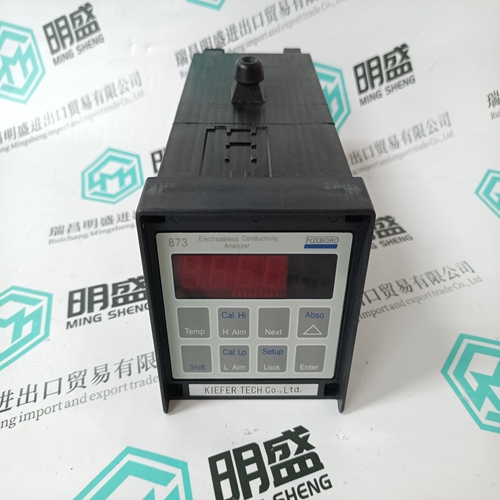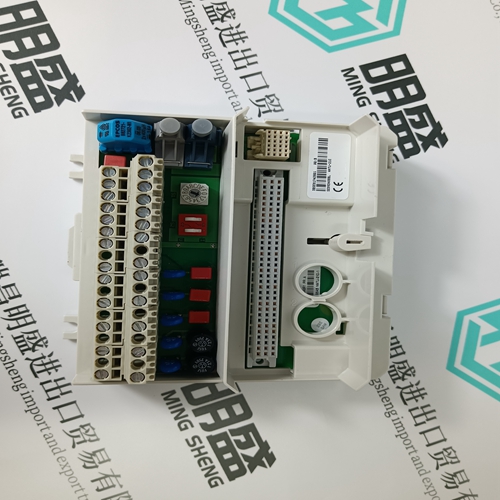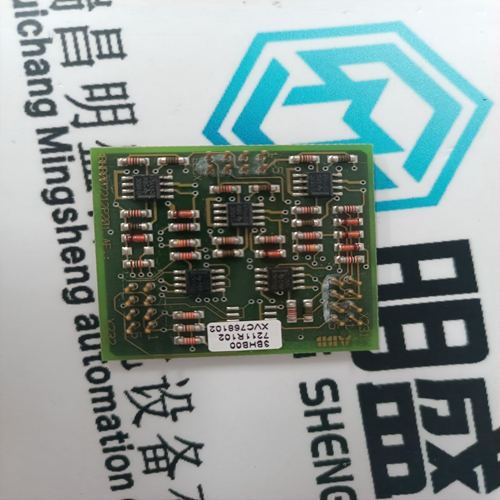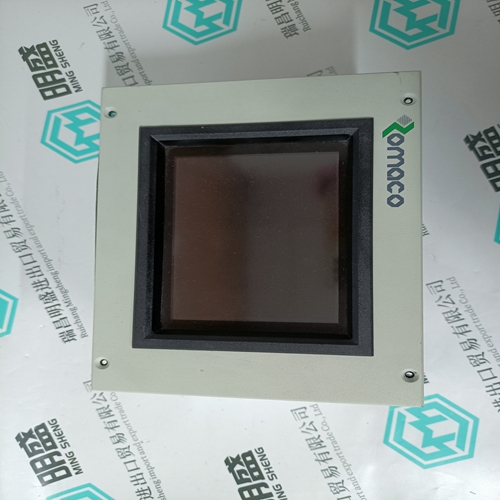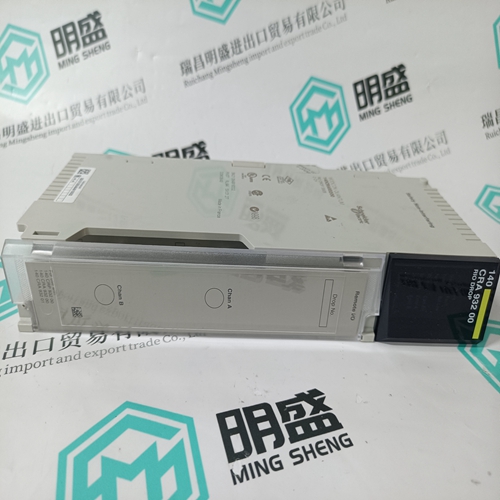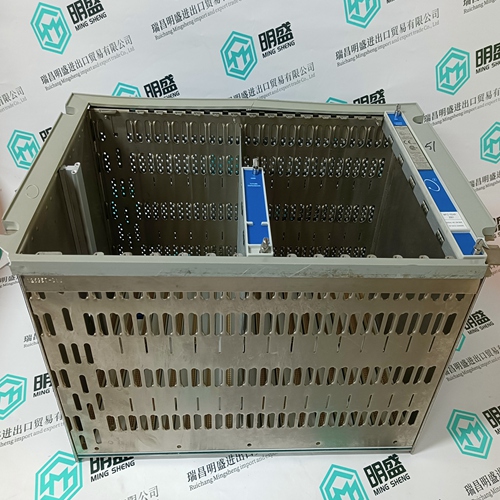Home > Product > DCS control system > DAPU100 3ASC25H204 gateway module
DAPU100 3ASC25H204 gateway module
- Product ID: DAPU100 3ASC25H204
- Brand: ABB
- Place of origin: The Swiss
- Goods status: new/used
- Delivery date: stock
- The quality assurance period: 365 days
- Phone/WhatsApp/WeChat:+86 15270269218
- Email:stodcdcs@gmail.com
- Tags:DAPU1003ASC25H204gateway module
- Get the latest price:Click to consult
DAPU100 3ASC25H204 gateway module
Solvent Resistance Autoflex EB withstands exposure to the same chemicals as Autotex F157 or F207 according to section Autotex F157/F207. Outdoor Use In common with all polyester based films Autoflex EB is not suitable for use in conditions of long term exposure to direct sunlight.When experiencing communication problems in for example noisy environments or when operating close to temperature limits, the following recommendations are to be noticed.
The grounding wires should be short and the conductor should have a large area. A long, thin grounding wire has a very high impedance (resistance) at high frequencies and will not guide disturbances to the ground. Multi-wire conductors are better than single wire conductors with the same area. A braided conductor wire with the same area is even better. The best is a short, thick grounding braid.
Grounding the Operator Panel
1:The operator panel’s mounting clamps do not provide a secure grounding connection between the panel and the device cabinet.
2. Connect a 2.5 mm2 wire between the operator panel’s quick-connect plinth and the panel chassis.
3. Connect a 6 or 4 mm2 wire or grounding braid between the panel’s chassis and the closest grounding point on the door.
4. Connect a strong but short grounding braid between the door and the device cabinet.
5. Twist the cables onto the 24 V DC feed.
6. A ferrite core suppresses disturbances to the 24 V feed. 2 turns around the ferrite core provide 4 times the suppression of 1 turn. 3 turns around the ferrite core provide 9 times the suppression of 1 turn
Ethernet Connection in the Panel
1.In some industrial units for Ethernet, the RJ45 contact’s shield is connected to the chassis via a capacitor.
2. The operator panel’s Ethernet shield is directly connected to the chassis. Check whether the other Ethernet unit has its shield directly grounded or grounded via a capacitor. In many cases, connecting the shielded Ethernet cabling to the chassis at both ends is inappropriate. Hum or grounding loops can occur. Unshielded cabling may even result in fewer communication errors. A good solution may be to use a shielded Ethernet cable, but to connect the shield at one end only.
3. One option is to break the shield.
4. A more elegant method is to expand the shielded Ethernet cabling with a piece of unshielded Ethernet cable.
5. You can ground the shield via an external 0.1 uF/250 V plastic capacitor. This will connect the HF transients to the ground.
